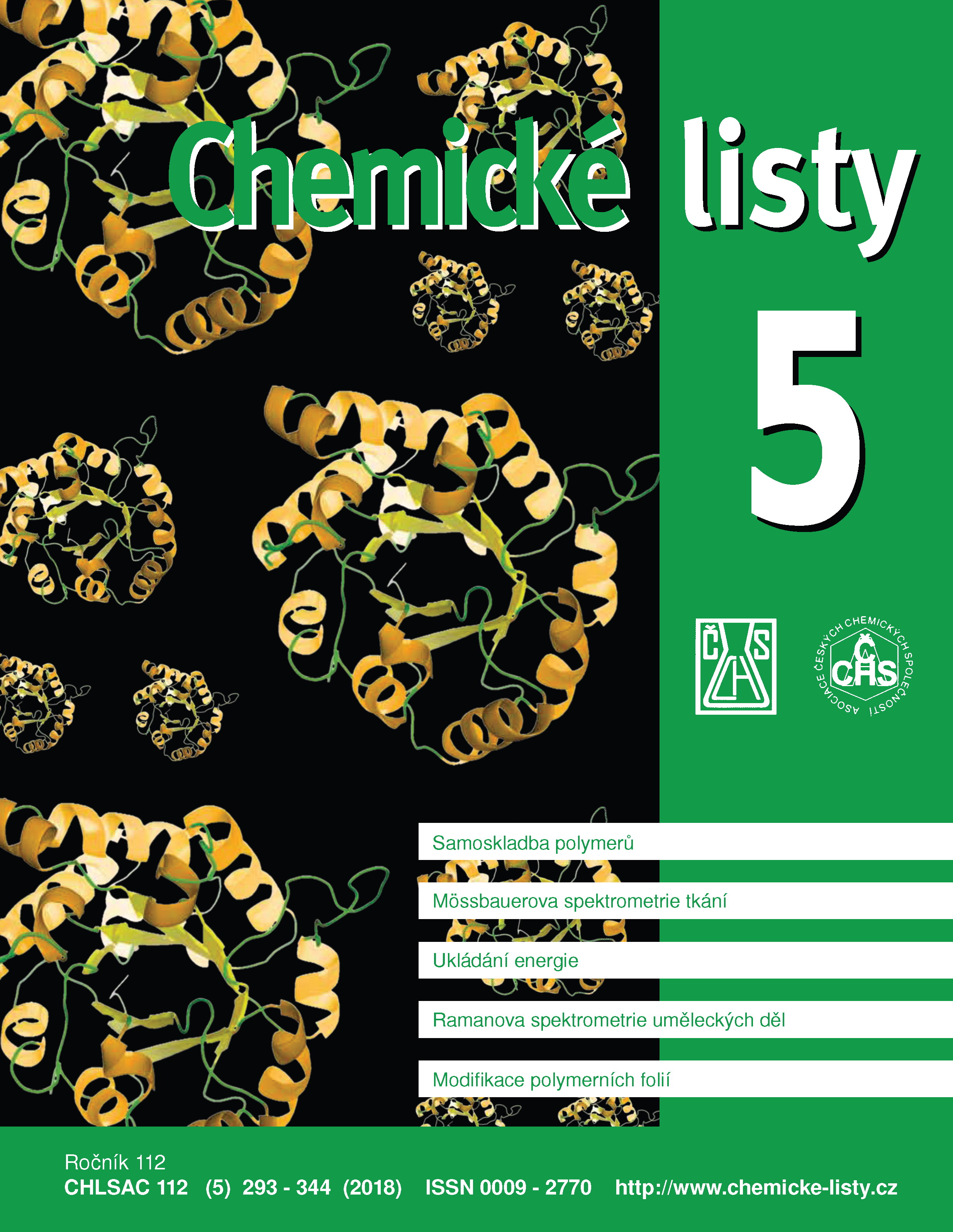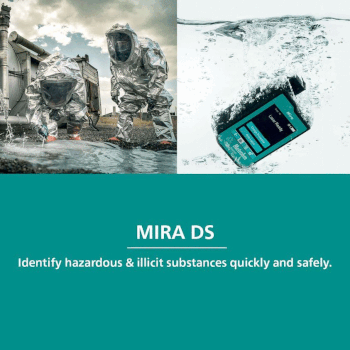Techniques and Applications of Surface-Enhanced Raman Scattering Spectroscopy (SERSS) Focused on Cultural Heritage
Keywords:
surface-enhanced Raman scattering spectroscopy (SERSS), biosensors, art worksAbstract
The review is devoted to a modern method of vibrational spectroscopy – surface enhanced Raman spectroscopy. Its principle and some of its special variants (imunno-SERS and TERS (Tip-Enhanced Raman Spectroscopy)) are described in a simplified manner. Wide application possibilities are demonstrated on selected examples from its application in cultural heritage.





